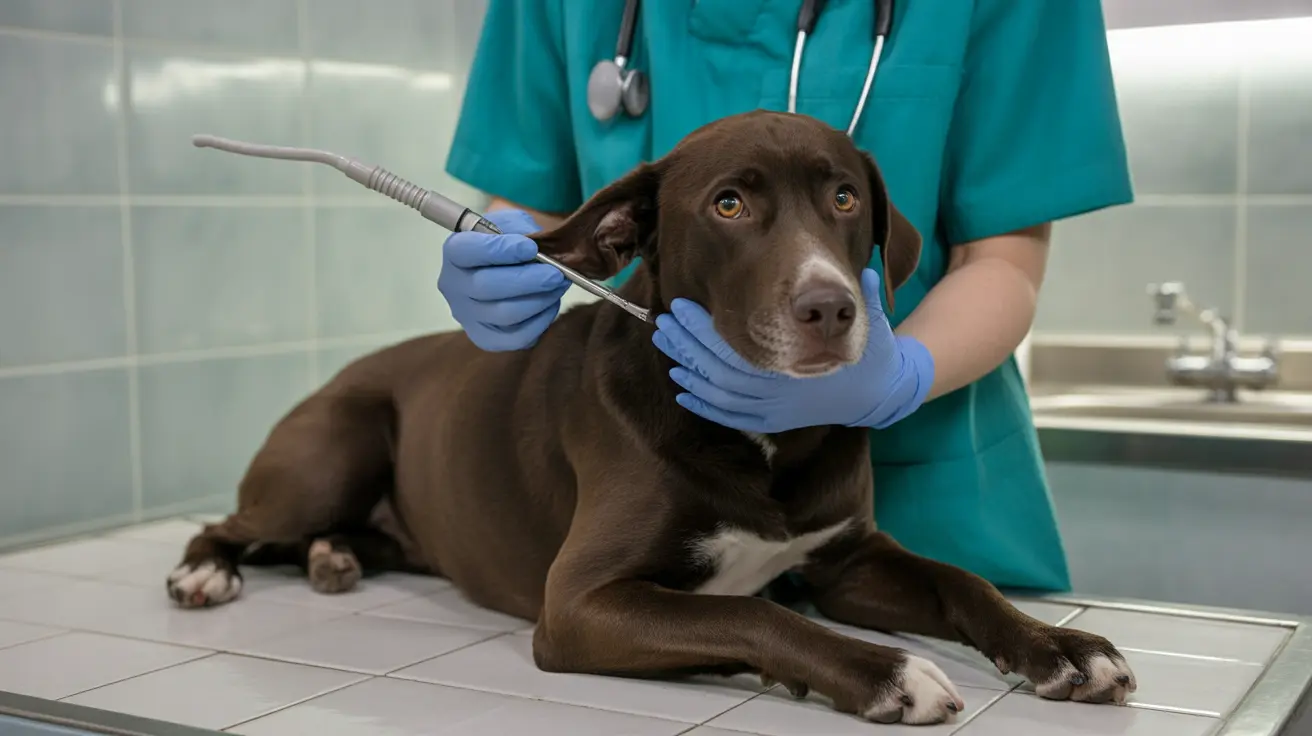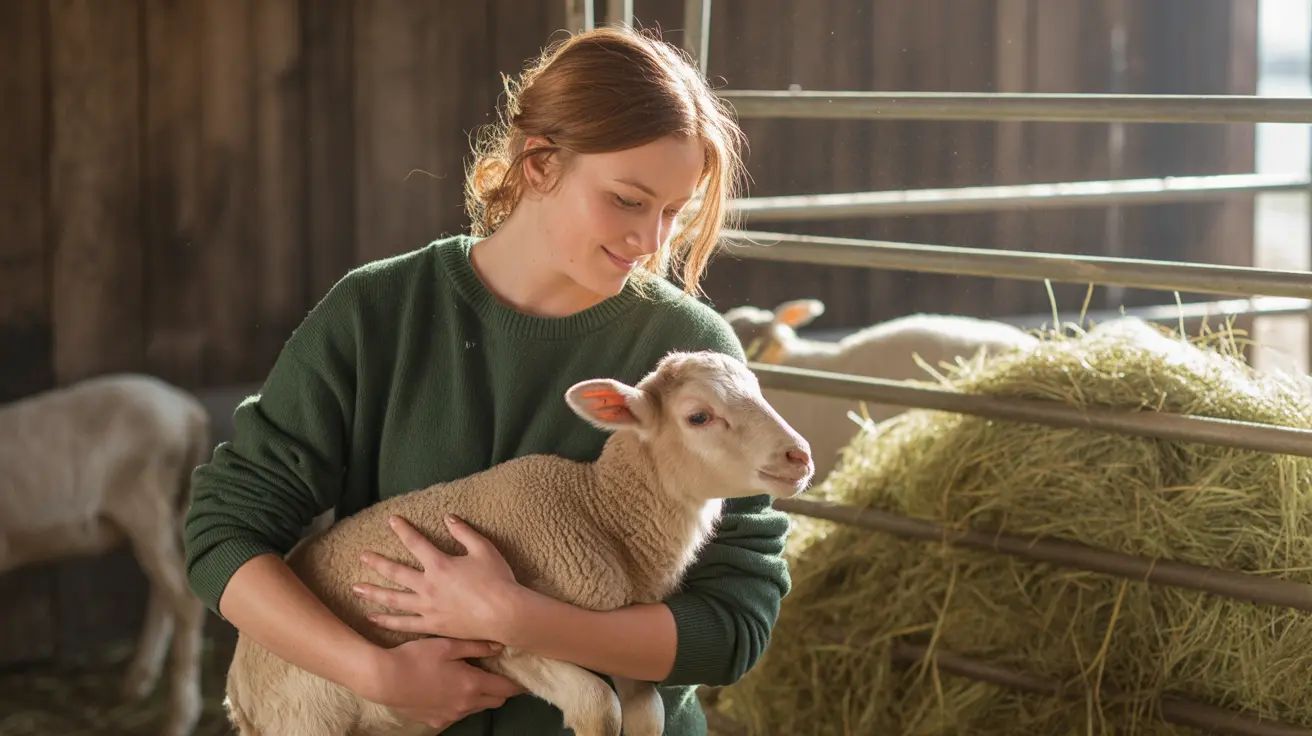Why You Should Never Feed Your Dog Raw Pork
Feeding your dog a healthy, balanced diet is essential for their wellbeing. While many pet owners are aware of the benefits of fruits like pears, it’s just as important to understand the type of meats that are safe—and which are dangerous. One meat that pet experts caution against is
raw or undercooked pork. Though pork may seem like a harmless protein source, it carries significant health risks when not properly prepared.
Understanding the Risks of Raw Pork for Dogs
Raw pork may contain
harmful parasites and bacteria that can pose serious health threats to your dog. The most concerning include:
- Trichinella spiralis larvae: These are microscopic parasites that cause trichinosis, an infection that can be fatal for dogs and humans alike.
- Salmonella and E. coli: Both bacteria can lead to gastrointestinal distress, dehydration, and other systemic illnesses.
- Listeria: A less common but still dangerous bacteria particularly harmful to dogs with weakened immune systems.
Symptoms of Pork-Related Illnesses in Dogs
If your dog consumes raw or poorly cooked pork, they may begin showing symptoms such as:
- Vomiting
- Diarrhea
- Fever
- Lethargy
- Muscle inflammation
- Stiffness or pain
These symptoms signify a potential parasitic or bacterial infection. In such cases, immediate veterinary attention is necessary.
Bone Hazards From Pork
Even cooked pork isn’t always safe. Pork bones—particularly if they are cooked—can splinter easily and pose a range of choking and internal injury risks:
- Obstruction: Bone fragments can become lodged in the throat, stomach, or intestines.
- Lacerations: Sharp pieces may cut the digestive tract lining, leading to bleeding or infection.
- Constipation or rectal bleeding: Difficulties passing sharp bone fragments.
High Fat Content in Pork
Pork is typically higher in
fat compared to other meats. When dogs consume too much fat, they are at risk of:
- Pancreatitis: Inflammation of the pancreas, often resulting in vomiting, abdominal pain, and lethargy.
- Obesity: Increased fat intake leads to unnecessary weight gain, particularly dangerous in older or sedentary dogs.
Processed Pork: Even Worse
Processed pork products such as bacon, ham, and sausages are even
more dangerous for dogs due to their high salt and preservative content. These additives can lead to:
- Salt poisoning
- Kidney or liver damage
- High blood pressure
If your dog accidentally eats processed pork, it's essential to monitor them for signs of discomfort or health deterioration.
Safe Meat Alternatives for Dogs
There are plenty of safe and nutritious meats for dogs when cooked properly:
- Chicken: Lean and rich in protein, make sure it's boneless and skinless.
- Turkey: Similar to chicken, avoid seasoning or skin.
- Beef: A great source of iron and zinc, always serve cooked and unseasoned.
- Lamb: Suitable for some dogs, especially those with food sensitivities.
Safety Tips for Feeding Meat to Dogs
Here are a few
key safety tips when offering meat-based food:
- Always cook meat thoroughly to kill harmful bacteria and parasites.
- Remove all bones before serving—even small fragments can be hazardous.
- Avoid seasoning, garlic, onions, or oil.
- Consult your vet before introducing any new proteins.
What to Do If Your Dog Eats Raw Pork
If your dog has accidentally consumed raw pork:
- Monitor for symptoms like vomiting, diarrhea, and lethargy.
- Contact your veterinarian immediately for guidance.
- Bring the pork packaging, if available, to help identify possible contaminants.
Conclusion
While pork may be a common part of human diets, it’s not a safe option for dogs—especially in
raw or processed form. From harmful parasites to splintering bones and excessive fat content, feeding pork to your dog presents risks that far outweigh any nutritional benefits. Instead, choose safer, protein-rich alternatives and always consult your vet for dietary advice tailored to your dog’s specific health needs. Avoiding raw pork ensures your canine companion remains happy, healthy, and safe.





